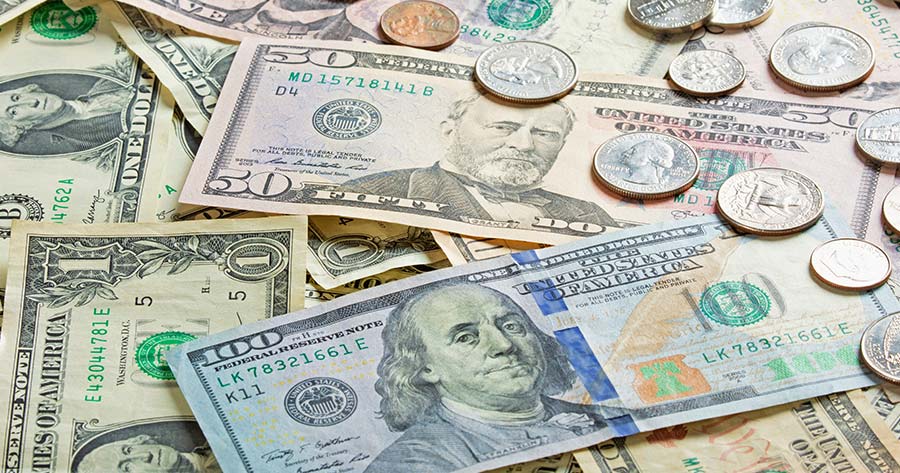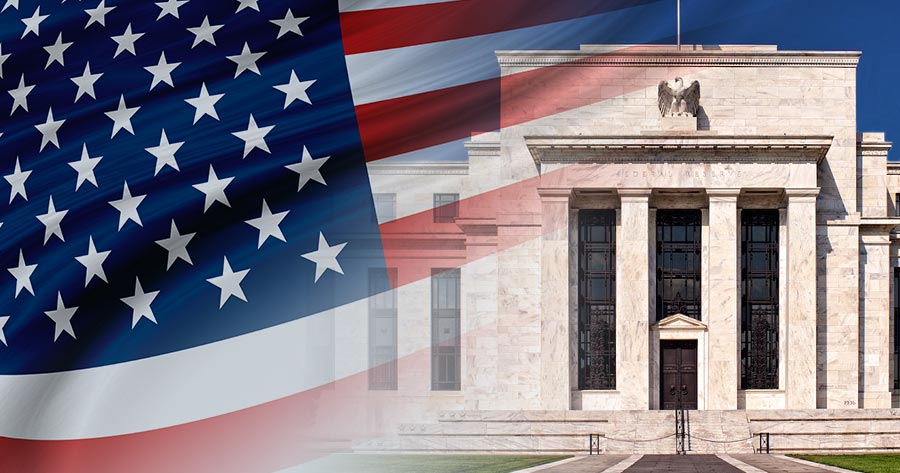The US Dollar Index Futures shows the strong 15-years up trend since 2008, visiting this year high again at the level of 105, compared to its peak at over 114 in September 2022 and the lowest point at 71 in March 2008. The two-decade high was 120 in February 2002.
As there’s no sign from the US central bank to cut the interest rate yet, the US Dollar is continuing to strengthen its value and weakening other currencies amid inflation that’s still a global problem.
The US Dollar is crucial to global trades as many countries use it as world central currency and reserves. Many critical goods are quoted at their price in USD such as energy like crude oil, financial products like insurances for transport and bonds, tech products like machines, electronics and chemicals, and some agriculture products. These increase costs in world economic systems that need an imports quoted in USD.
The continuation of interest rate hikes by the FED has pulling money into USA as the big money saver and investors are looking for higher rate of return, resulting in an inflow to US and outflow from other place that have lower rate, weakening those countries’ currencies and exacerbating the inflation problem as they need to pay more in USD for the same goods or less.
This prompts each country’s central bank and government to interfere in their currencies and bonds markets or put on trade restrictions. For example, the Bank of Japan interfered in the Yen market last year and India banned agriculture exports in recent months.
Many hoped for the FED to cut rates as soon as possible but the prediction from the FED watch tools hints that the market expected the FED to cut rate around the middle of next year, as recent the FED’s chair comment still concerns inflation which is not cooling down enough for the cut yet, or it would risk the hotter inflation if the FED will cut the rate now.
Meanwhile, the FED has been using quantitative tightening (QT) by reducing its balance sheet by selling debt (bonds) away to pull more money supply out of the US economy to reduce inflation. But according to Business Insider, the latest QT balance sheet reduction to $1 trillion has a limited effect on the market and also reduces private bank reserves since there’s less money in the systems. This increases a stress to US financial system.




